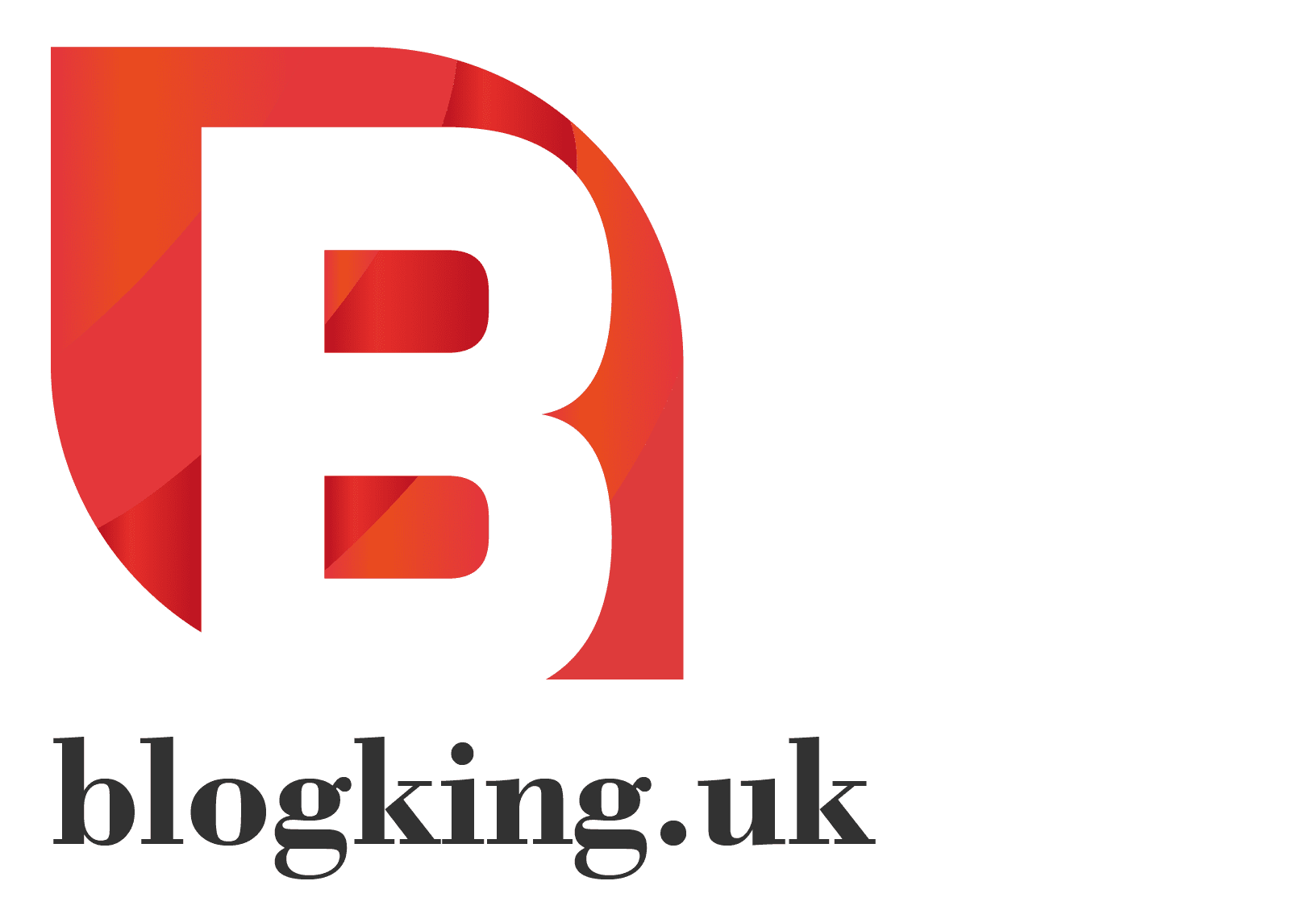In a bustling city, a small tech startup was facing tough times. Every month, their financial reports showed costs going up while profits stayed the same. The founder wanted to change this and looked into cost optimization strategies for growing businesses.
By looking at their spending and finding ways to do things better, the business grew a lot. They became three times more productive and had more money to spend on new ideas. This showed that cutting costs can lead to more profits and help a business grow.
In today’s world, cutting costs is key for making more money. It’s about finding and cutting unnecessary spending without lowering the quality of what you offer. By saving money wisely, businesses can do better financially and focus on what’s important.
It’s all about finding a balance. This balance is between making money and spending it wisely. It’s the path to lasting growth in a changing market.
Table of Contents
Key Takeaways
- Effective cost reduction techniques can significantly enhance profitability.
- Identifying high-impact activities is key for optimisation and efficiency.
- Regular reviews of financial strategies are vital during growth and downturns.
- Putting effort into employee engagement can lead to lasting cost savings.
- Using technology can greatly reduce overhead costs.
Understanding Cost Optimization
In today’s fast-paced world, knowing about cost optimization can really help a business. It’s about finding ways to cut costs without lowering the quality of what you offer. This approach looks at everything from buying supplies to paying employees, leading to big savings.
By focusing on cost efficiency, companies can use their resources better. This boosts profits and helps them stay strong over time.
What is Cost Optimization?
Cost optimization is a smart way for businesses to handle their money. It involves checking all expenses to make sure they help the company grow and stay stable. This includes using the best ways to manage business expenses.
It helps businesses run smoothly and avoid spending on things they don’t need.
Why is It Important for Growing Businesses?
For businesses that are growing, cost optimization is key to success. It helps them deal with challenges and stay efficient. By doing regular checks and understanding all costs, companies can spot wasteful spending.
They can then make smart choices about where to spend their money. Using new tools and technologies also helps. It lets businesses quickly respond to changes, saving money and growing in the long run.
Learning about business budgets can also improve cost optimization. It helps match financial planning with the company’s goals. This way, every part of the business works together for success.
Assessing Your Current Financial Situation
To start improving costs, we need to assess our finances first. This means looking closely at our spending to find where we can save. By checking our financial records, we can spot high costs that don’t add much value.
Understanding these points is key to making smart plans. It helps us focus on what really matters for our success.
Analyzing Your Expenses
Looking at our spending can reveal important information. We should split our costs into two groups: direct and indirect. Direct costs are things like making products or delivering services. Indirect costs are things like office expenses.
This way, we can see where our money goes. We can then find activities that don’t add value and cut them out. This makes our operations more efficient and saves money.
It’s also important to keep checking and improving these areas. This helps us stay ahead in a changing market.
Identifying Key Cost Drivers
Some costs have a big impact on our finances. These include things like salaries, operational costs, and marketing. Looking at what we spend on outside services can also help us save.
For example, we might look at our office space needs. With more people working from home, this could change. By understanding these costs, we can find ways to cut expenses and make more money.
Working with experts like IT cost optimization can also help. They can give us new ideas and tools to save money.
Implementing Budgeting Best Practices
Effective budgeting is key to a business’s financial health. By following budgeting best practices, we can make a budget that changes with our needs. This helps us deal with unexpected expenses better.
It’s important to match our spending with how well we’re doing, not just stick to a plan. This way, we can stay on track financially.
Creating a Flexible Budget
Making a flexible budget lets businesses change their spending based on how they’re doing. For example, companies growing fast might spend up to 20% of their budget on marketing. This helps them keep up with the market.
Setting aside 5% of profits for unexpected costs helps keep finances stable. This way, surprises don’t upset our plans.
Using budgeting software makes tracking and reporting easier. It helps us manage our money better. Looking at past data helps us predict our finances, which is useful for planning.
Regular Budget Reviews
Regular budget checks are vital for keeping finances in order. They help us find ways to cut costs, saving up to 25%. Looking back at how we’ve done helps us make better plans for the future.
By checking our finances often, we make sure we’re spending wisely. This helps us grow and stay stable. For more on why budgeting is important, check out this resource.
Leveraging Technology for Cost Savings
In today’s fast-paced business world, using technology to save costs is key. By automating tasks, we can free up time for more important work. Tools like robotic process automation (RPA) help cut down on costs, showing how tech boosts efficiency and saves money.
Automating Repetitive Tasks
Automation has changed the game for businesses. For example, RPA has cut operational costs by up to 30% for some companies. Walmart’s smart inventory systems have also saved 15% on inventory costs by using real-time data. These stories show how automation reduces mistakes and makes better use of resources.
Investing in Cost-effective Software
Choosing the right software is vital for managing budgets. Moving to cloud computing can cut IT costs by up to 40% and use less energy. Amazon Web Services offers a pay-as-you-go model, saving on hardware costs. These changes help control spending and improve finances. For more on using tech for cost savings, see this resource.
Also, reviewing your tech setup can reveal unused software, leading to big savings. Focusing on automation and digital tools boosts operations and growth. For more on how outsourcing can help, read this article on outsourcing benefits.
| Technology | Cost Reduction Percentage | Benefit |
|---|---|---|
| Robotic Process Automation | 30% | Lower operational costs |
| Cloud Computing | 40% | Reduced IT maintenance |
| Amazon Web Services | 60% | Savings on hardware |
| Data Analytics | 25% | Improved demand forecasting |
| Remote Work Technologies | 30% | Saved office space costs |
Streamlining Operations
Efficient operations are key to saving costs and growing sustainably. We need to check our current processes for any inefficiencies. By streamlining, we can make our workflows better and cut down on waste.
This makes our operations more productive and flexible. It helps us work smarter, not harder.
Evaluating Current Processes
First, we must look closely at our current processes. This helps us find what’s not working well. By doing this, we can make our tasks more efficient.
Lean manufacturing is a great way to do this. It helps us remove unnecessary steps and improve how we work. Using technology can also help by automating tasks, which can reduce the need for more staff.
Reducing Waste in Production
Keeping production waste low is vital for keeping costs down. Good vendor management and technology, like people-counting systems, help us match staff to demand. This keeps customers happy.
Self-service kiosks also boost efficiency and cut costs. They can save businesses money while making things easier for customers. Overall, these steps lead to big savings and better operations.
Enhanced Supplier Management
In today’s fast-paced world, managing suppliers well is key to saving costs. Companies that negotiate with suppliers can cut their costs and improve prices. Talking openly with suppliers helps find many ways to save money.
Negotiating Better Terms
Good relationships with suppliers lead to trust and open talks. This lets us get better deals, like discounts for buying in bulk. A Gartner survey found that 70% of procurement experts see working closely with suppliers as a top way to add value.
Using these negotiation tactics also helps keep things legal and strengthens our partnerships.
Exploring Alternative Suppliers
Looking at different suppliers can bring better prices and service. Having more than one supplier keeps us flexible. Even when markets are unpredictable, like during the Suez Canal blockage in 2021, having backup suppliers protects us.
Also, keeping good relationships with suppliers can lead to better deals, just like big brands do.
To get the most from supplier management, we need to think about all our sourcing choices. We must understand how changes in material costs, transport, and labour affect our budgets. Using cost-to-serve analysis helps spot where we can save money.
By investing in new tech and always looking to improve, we can save money and reduce risks over time.
For more tips on saving costs and growing your business, check out strategies for business success. It offers valuable advice for your journey.
Employee Engagement in Cost Strategy
Getting employees involved in cost-saving plans makes them feel more responsible. It’s important to train them well on how to find ways to save money. This training helps them keep an eye on costs every day.
Training and Involving Staff
When employees help make decisions, they often come up with smart ideas. These ideas can help save money and make things more efficient. Also, giving them chances to grow professionally can make them more engaged and skilled.
- Engaged employees actively seek out process improvements.
- A high engagement culture can see productivity levels increase by 20-25%.
- Training programs capitalise on existing skills while developing new competencies.
Encouraging Feedback on Efficiency
Having ways for staff to share ideas on saving money is key. Talking openly about how to save can make employees more engaged. It also makes everyone work better together, which helps with money problems.
- Transparency during cost-cutting measures engages employees further.
- Recognition of contributions to cost-saving strategies can increase engagement by 50%.
- Creating a platform for feedback leads to a more engaged and committed workforce.
Monitoring and Measuring Success
Effective performance monitoring is key to successful cost optimisation. Setting Key Performance Indicators (KPIs) helps businesses track their progress. It measures efficiency and compares performance against industry standards.
By watching these indicators, we can make smart choices. This ensures our strategies are working as planned.
Setting Key Performance Indicators (KPIs)
Key Performance Indicators are important for making financial decisions. They include:
- Cost savings percentage
- Cost per unit
- Return on Investment (ROI)
A higher gross profit margin shows we’re cutting costs well. This boosts profit without losing revenue. For more on setting KPIs, check out this guide.
Regular Financial Audits
Regular financial audits are a must. They find mistakes, spot inefficiencies, and show ways to cut costs. Keeping a tight budget lets businesses quickly fix problems and run better.
Good cash flow and labour use show how well we’re using resources. Cycle time and throughput metrics help us see if our processes are efficient. Regular audits give us a clear view of costs and let us act fast on any issues.
By following these steps, we stay on track to meet our cost-saving goals.
Continuous Improvement and Adaptation
In today’s fast world, keeping up is key for businesses. They must find ways to cut costs and work better. Using agile practices helps teams quickly adapt to new situations, giving them an edge.
Being flexible and adaptable lets companies find and use the best ways to improve. This matches their goals perfectly.
Embracing Agile Practices
Agility makes decisions faster and helps teams change quickly. It leads to lower costs and better productivity. This focus helps businesses stay efficient and fix problems fast.
McKinsey & Company found that agile companies can get 10% to 30% more efficient. This big improvement boosts their overall success.
Staying Informed on Industry Trends
Knowing what’s happening in your field is vital. It helps you see how you’re doing and find the best ways to please customers. Top companies say their success comes from constant improvement.
By using Lean, Six Sigma, and Kaizen, businesses can handle today’s market challenges. This ensures they not only survive but also grow. For more on agile and improvement, check out continuous improvement methodologies.
FAQ
What is cost optimization?
Cost optimization is finding ways to cut expenses without lowering product or service quality. It looks at financial operations to boost profits and keep the business stable.
Why is cost optimization important for growing businesses?
It’s key for growing businesses to improve financial health. It helps manage resources better and leads to steady growth and more profits.
How can I analyse my expenses effectively?
To effectively analyse expenses, regularly check financial statements. Look for high-cost areas and review all operations. This helps find waste and inefficiencies.
What budgeting practices should I implement for cost optimization?
Use a flexible budget that changes with the business. Regular reviews help keep finances in check and allocate resources wisely.
What technologies can help with cost savings?
Tools like automation, AI, and cloud computing cut costs and boost efficiency. They help manage expenses better.
How can I streamline operations to enhance cost-effectiveness?
Streamlining means checking current processes for waste. Use lean manufacturing to cut costs and speed up delivery.
What strategies can I use to manage suppliers better?
Negotiate better terms, look for bulk discounts, and compare suppliers. These steps can lower procurement costs.
How can employee engagement boost cost optimization?
Engaging employees in cost-saving efforts makes them feel responsible. Training and feedback can uncover more savings.
What should I monitor to measure the success of my cost optimization efforts?
Use KPIs and financial audits to track progress. This ensures you’re meeting cost-saving goals and staying disciplined.
How can I ensure continuous improvement in my cost optimization strategies?
Adopt agile practices and keep up with trends. This helps businesses stay ahead and innovate for long-term success.







